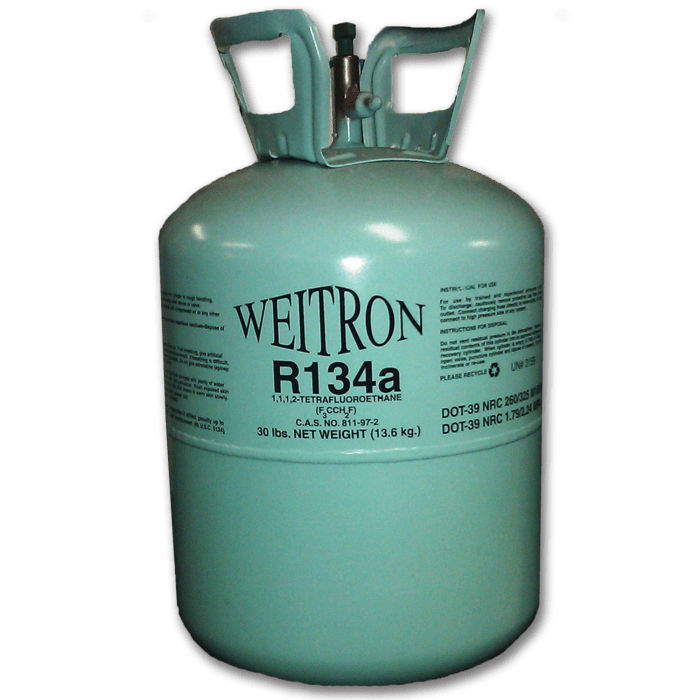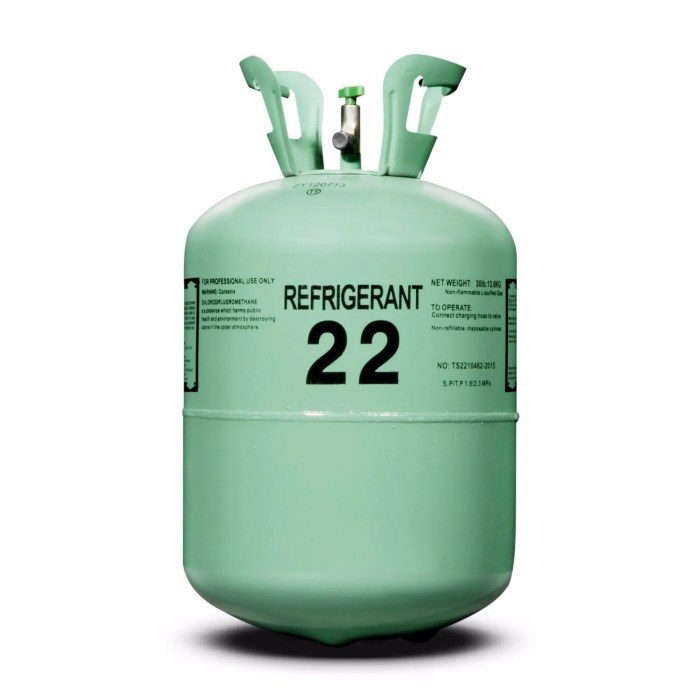What carries the heat from the evaporator to the condenser? This question lies at the heart of refrigeration systems, where the movement of heat is essential for cooling and temperature control. Embark on a journey of discovery as we delve into the mechanisms that facilitate this crucial transfer of thermal energy.
Refrigerants, the lifeblood of refrigeration systems, play a pivotal role in carrying heat. These specialized fluids absorb heat from the evaporator and release it in the condenser, enabling the cooling process. Piping, the circulatory system of the system, transports the refrigerant through a carefully designed network of tubes, ensuring efficient heat transfer.
Refrigerant

Refrigerant is a fluid that absorbs and releases heat during a phase change, typically from liquid to gas and back to liquid.
Refrigerants are used in refrigeration systems to carry heat from the evaporator to the condenser. They are classified into two main types: chlorofluorocarbons (CFCs) and hydrofluorocarbons (HFCs).
CFCs have been phased out due to their ozone-depleting potential, while HFCs are currently being phased out due to their high global warming potential.
A table comparing the properties of common refrigerants is shown below:
| Refrigerant | Chemical Formula | Ozone Depletion Potential (ODP) | Global Warming Potential (GWP) |
|---|---|---|---|
| R-11 | CCl3F | 1.0 | 4750 |
| R-12 | CCl2F2 | 1.0 | 10900 |
| R-134a | CH2FCF3 | 0.0 | 1430 |
| R-410A | CH2FCF3/CHF2CF3 | 0.0 | 2088 |
Piping
Piping is used to transport refrigerant between the different components of a refrigeration system.
The type of piping used depends on the refrigerant being used, the pressure of the system, and the temperature of the refrigerant.
Pipe sizing is important to ensure that the refrigerant can flow through the system without excessive pressure drop.
Insulation is also important to prevent heat loss from the refrigerant.
A diagram illustrating the flow of refrigerant through piping is shown below:
[Diagram: Flow of refrigerant through piping]
Compressor: What Carries The Heat From The Evaporator To The Condenser
A compressor is a mechanical device that circulates refrigerant through a refrigeration system.
Compressors are used to increase the pressure of the refrigerant, which in turn increases its temperature.
There are two main types of compressors: reciprocating compressors and rotary compressors.
Reciprocating compressors use a piston to compress the refrigerant, while rotary compressors use a rotating impeller.
A table comparing the advantages and disadvantages of different compressor types is shown below:
| Compressor Type | Advantages | Disadvantages |
|---|---|---|
| Reciprocating Compressor | – Simple design
|
– Noisy
|
| Rotary Compressor | – Quiet
|
– More expensive
|
Condenser

A condenser is a heat exchanger that removes heat from the refrigerant.
The heat removed from the refrigerant is transferred to the surrounding air or water.
There are two main types of condensers: air-cooled condensers and water-cooled condensers.
Air-cooled condensers use fans to blow air over the condenser coils, while water-cooled condensers use water to cool the condenser coils.
A diagram illustrating the flow of refrigerant through a condenser is shown below:
[Diagram: Flow of refrigerant through a condenser]
Evaporator

An evaporator is a heat exchanger that adds heat to the refrigerant.
The heat added to the refrigerant is absorbed from the surrounding air or water.
There are two main types of evaporators: air-cooled evaporators and water-cooled evaporators.
Air-cooled evaporators use fans to blow air over the evaporator coils, while water-cooled evaporators use water to cool the evaporator coils.
A diagram illustrating the flow of refrigerant through an evaporator is shown below:
[Diagram: Flow of refrigerant through an evaporator]
System Design
When designing a refrigeration system, several factors must be considered, including:
- The type of refrigerant to be used
- The capacity of the system
- The efficiency of the system
- The cost of the system
The following steps are involved in designing a refrigeration system:
- Determine the type of refrigerant to be used
- Calculate the capacity of the system
- Select the components of the system
- Design the layout of the system
- Install the system
- Test the system
Frequently Asked Questions
What is the role of the refrigerant in a refrigeration system?
The refrigerant absorbs heat from the evaporator and releases it in the condenser, facilitating the cooling process.
What are the different types of refrigerants used in refrigeration systems?
Common refrigerants include HFCs, HFCs, and natural refrigerants such as ammonia and CO2.
What is the function of the compressor in a refrigeration system?
The compressor circulates the refrigerant throughout the system, enabling heat transfer.